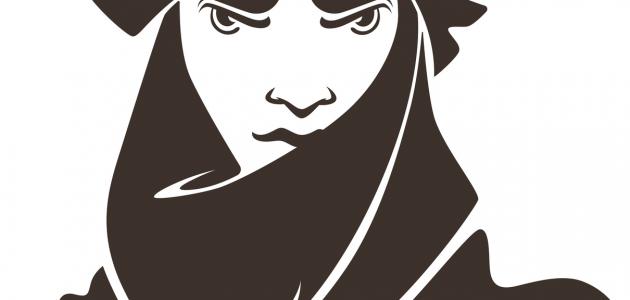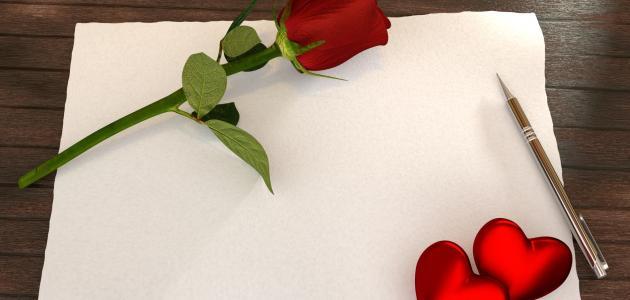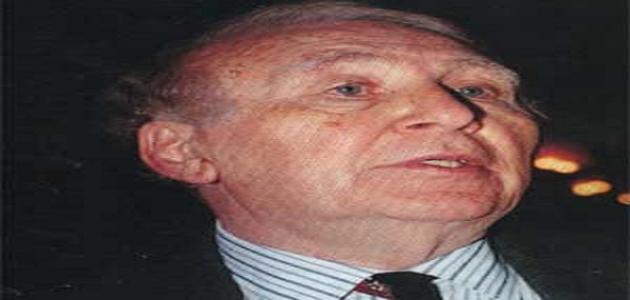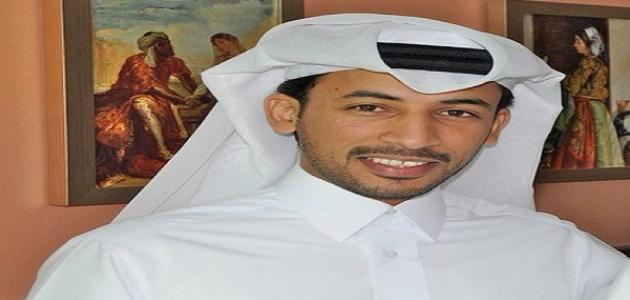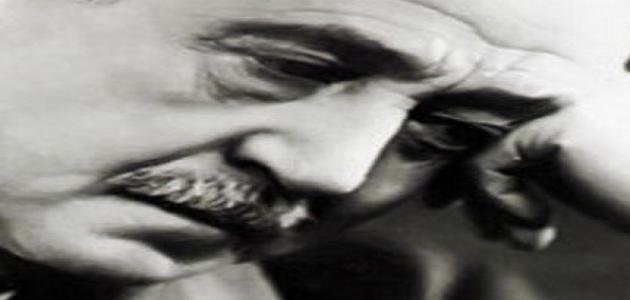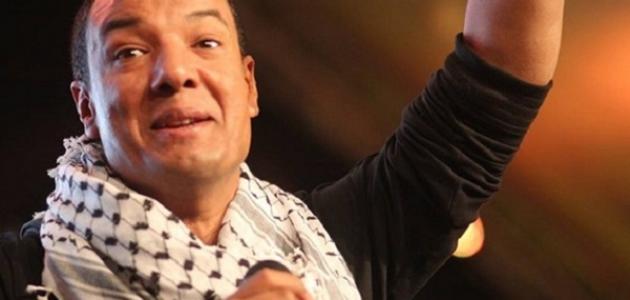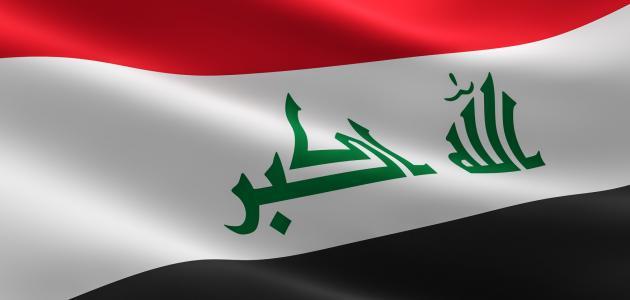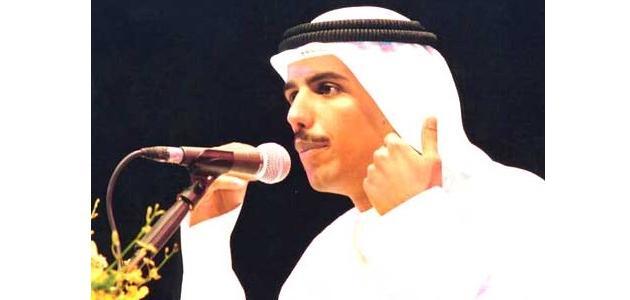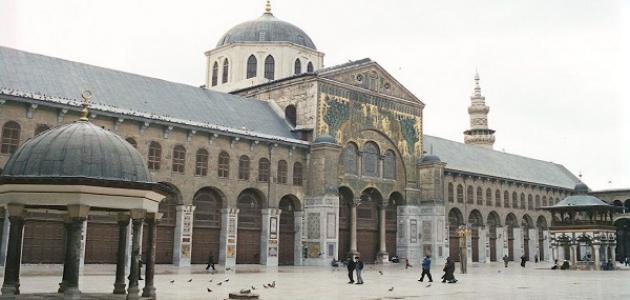Arabic poetry
The first arts that appeared in the Arab world in the past and among the Arab tribes is poetry and rhetoric, and it is one of the arts that the Arabs love most because of the words that embody the spirit of its writer when he produces words of meaning and value that you feel come out of the heart of the poet, and poetry has existed since ancient times. The Arabs were famous for their eloquence and poetry, and the evidence for that is that God Almighty revealed the Qur’an in the Arabic language to challenge the people of Quraysh who were famous for their poetry and eloquence. Knowledge of the environment and culture at the time of the poet, and therefore that Arabic poetry develops and appears in different forms in each era.
Stages of development of Arabic poetry
It is known that ancient poetry is completely different from poetry at the present time, and the most important thing that distinguishes ancient poetry is its keenness on meter and rhyme, and the verse is formed on the chest and sacrum, and ancient poetry that does not include meter and rhyme is not considered poetry, but rather goes out to rhetoric or eloquence in the hadith After that, books appeared that are based on teaching weights and rhymes for poets to rely on in creating texts and extracting measured verses, and after that other books appeared based on collecting, codifying and classifying poetry into groups depending on the purposes and topics of poetry, and accordingly, we find historians have considered ancient poetry full of purpose Enjoyment and benefit by transmitting feelings, wisdom, or any purpose of value, as it is a source of joy for the Arabs, carrying Arab morals, and expressing belonging and love.
Read also:Hafez Ibrahim's poemsPre-Islamic Poetry
In ancient times, poetry was known as a poem consisting of verses, each verse in it is independent of what came before and after it in composition, and the verses are connected together in meaning. Followed offers. Pre-Islamic poetry was known in this era as traditional or classical poetry.
Pre-Islamic poetry expressed the Arab way of life, and depicted it with high accuracy, reflecting in it the many aspects of life, and for this reason it was called (Diwan al-Arab), meaning that it is the encyclopedia that contains all news and stories, so we find in it descriptions of tents, the journey, descriptions of animals, hunting trips, and wars, as well as We find praise, spinning, satire, lamentation. It was said that the best poems written by the Arabs are those written with gold water and hung on the wall of the Kaaba.
The pre-Islamic poem began with the pre-Islamic introduction in which the poet stands on the ruins, weeps over the empty homes, describes the ruins left by his loved ones after their departure, then describes the journey, the hardship of travel, the landmarks of the road, the beasts and animals of the desert, and others, then proceeds to prepare it for spinning by mentioning the beloved and singing about her beauty and morals. And he may mention some of the adventures he lived with her before her departure, and this poem ends with the main topic that the poet wants to talk about, and it may be praise, pride, enthusiasm, satire, fanaticism for his tribe, or others.
Read also:A poem of the old daysAmong the most famous poets of the pre-Islamic era are the owners of the Seven Mu’allaqat, and it was said that the ten are: Imru’ al-Qais, Tarfa bin al-Abd, Zuhair bin Abi Salma, Labeed bin Rabi’ah, Amr bin Kulthum, Antarah bin Shaddad, Al-Harith bin Halza, Al-Asha, Al-Nabigha Al-Dhubyani, and Obaid bin leper.
The poetry of early Islam
Islamic poetry was associated with the emergence of the Islamic call carried by the Prophet Muhammad, peace be upon him, and accordingly, you find poets bravely jihad with their poetry to support the new religion, fight their enemies with poetry, and be proud of the Prophet, peace be upon him, satirizing Quraysh and recording the conquests. Among the best of these poets, we mention Hassan bin Thabit, Abdullah bin Rawaha, Ka'b bin Malik, and Ka'b bin Zuhair.
On the linguistic level, we find the language used clear, easy, and soft, far from strangeness, ambiguity, and obscure symbols, and is based on religious historical dimensions, as it is the most semantic language in religion, politics, society, history, nature, mysticism, literature, the subject, and the subject.
Umayyad poetry
Poetry flourished in the Umayyad era, its topics expanded, its methods developed, and its meanings and words became more delicate and gentle, in line with the state of the new era, and the political, religious, and cultural manifestations. Political, tribal, and sectarian differences arose, and the war of these events was waged by poets, and each poet took sides with his group, defending them and spreading their ideas and concepts, and we can say that poets and writers in general represented the local press of those ancient Arab times.
Read also:The most beautiful poems of Mahmoud DarwishAs for the poetic topics, it was natural for them to expand and increase in this era, especially after the contraction that followed them in the era of early Islam, which focused all its attention on the Islamic call. Jahiliyyah and Islam, so they expanded on it and increased it, and some of it is new that they invented based on the conditions and requirements of life, and some of it had an impact from Jahiliyyah and Islam, so they added to it and modified its rules until they made it an independent purpose by itself, such as pride, praise, satire, description, spinning, and wines. , and antitheses.
Among the most famous poets of the Umayyad era, we mention Al-Akhdal, Al-Farazdaq, Jarir (Poets of Contradictions), Bashar bin Burd, Al-Muqna’ Al-Kindi, poets of virginal spinning such as Jamil Buthaina, Qais Laila, Majnoon Lubna, and many others.
Abbasid poetry
Poetic styles were developed in the Abbasid era due to the poets' exposure to foreign cultures, which expanded their perceptions and increased their information, in addition to the development of civilized life. We find that the poets tended to the easy and understandable methods woven from the reality of life, and they moved away from the difficult words that were rarely used or abandoned, and relied on creative improvements, and the renewal of words according to the development of things, until the situation reached a group of poets to use non-Arabic words in poetry. . Accordingly, we can say that the concept of style means the behavioral method that the poet adopts in his poetry, so that every poet or group of poets had the method by which they were known.
The poets of the Abbasid state organized poetic styles in the light of the civilization and culture of the state, and the way it tasted the arts, so the poetic style came closer to delicacy in weaving, accuracy in depiction, and colors of verbal decoration and linguistic workmanship spread in the footnotes, in addition to the musical tone that moves Feelings and conscience. Accordingly, we find that the poets, the more civilized they are, the more they tend to adornment and grace in everything. The urban character is overshadowed by elegance in all its aspects, which indicates the development of tastes, the sophistication of ideas, and its sophistication, which is the reason that prompted poetry to find a new style in which it relied. The soul to rest at its beauty, consistency and delicacy.
Among the most famous poets of the Abbasid era, we mention Al-Mutanabbi, Al-Asma’i, Abu Firas Al-Hamdani, Abu Al-Alaa Al-Ma’arri, Abu Nawas, Ibn Al-Roumi, Ibn Al-Faridh, Aba Al-Atahiya, and other poets.
Andalusian poetry
Andalusian poetry appeared in new circumstances unparalleled in the Arab East, circumstances related to the Andalusian nature and its diversity, and others related to the cultural composition of the population, as we see the Arabs mixing for the first time with Latin, Gothic, and barbaric races, in addition to the Jews on one land, and all these races coexist. Under one sky that includes the three monotheistic religions: Islam, Judaism, and Christianity, the voice of the muezzin is heard along with the ringing of bells. The Arabic language is used alongside Tamazight, Spanish, and Catalan, so the coexistence between these religions, races, cultures, and languages created a special atmosphere and a wonderful unique civilization.
The Andalusians followed the people of the East in the traditional purposes of poetry, as in the description, the lamentation of kingdoms, the complaint, and the appeal, and they increased the description so that we can extract from their poetry a clear picture of Andalusian life in its various aspects, so they described Andalusia with its cities, parks, and wonders Architecture, valleys, mountains, orchards, gardens, flowers, fruits, the four seasons, lakes, and streams. They also described royal banquets, foods, adornments, perfumes, clothes, and music, in addition to entertainment and promiscuity. Thus, we find diversity and renewal in the art of description.
And if we want to talk about the Andalusian language, we find it easy, smooth, and not well-constructed, like the language of the East. With all these factors in softening the Andalusian language, we find some difficulty in the poetry of Ibn Hani, for example, who deliberately imitated Al-Mutanabbi, so he devoted his poetry to choosing the strange, roughness and complexity. As for poetic meters, the Andalusians followed the people of the East in it, except that they mostly relied on music, adding new meters that helped add musical melody to poetry, which later turned into poetry for singing known as the Muwashahat.
Among the most famous poets and scarves, we chose Aba Al-Baqaa Al-Randi, Ibn Hamdis, Lisan Al-Din Al-Khatib, Walada bint Al-Mustakfi, Ubadah bin Maa Al-Samaa, Ibn Khafajah, Al-Mu’tamid bin Abbad, and many others.
Ottoman poetry
Throughout the period of its rule, the Ottoman Empire faced many problems and difficulties, especially the security ones, and the endeavor to spread safety among the outskirts of the sprawling state. At the expense of neglecting public utilities, postponing the implementation of reform projects and reviving civil life, not to mention the deterioration in health that prevailed in various parts, which was accompanied by the neglect of building schools, encouragement to join the army, suppression of talents and mental abilities, and the abolition of the cultural and literary aspect. The Arabic poem lived in this atmosphere by relying on the traditional templates, so the poetic poetry arose that is devoid of meaning, but is characterized by a high creative composition. Poets fled from life and most resorted to Sufi poetry.
The poem relied on unity, as there are multiple types of unity in the Arabic poem in the Ottoman era, starting from the unity of the verse and its independence in the general form, and moving to the logical unity in the narrative sequence of poetry, ending with the objective unity, especially in the prophetic praises and elegies. And let's not forget to talk about emotional and psychological unity in all parts of the poem.
Among the most famous poets of the Ottoman era, we mention Ibn Maatouq, Abd al-Ghani al-Nabulsi, Manjik al-Yousufi, Yusuf al-Badi’i, al-Baha’ al-Amili, al-Thanawi, and Badr al-Din al-Ghazi.
Modern poetry
In the year 1930 AD, the poet Adonis appeared, who is considered one of the most important poets of modernity because he combined classical, modern, and contemporary Arab culture. Thus, he was one of the most important Arab critics who laid down the basics of prose poetry that appeared in his time and at his hand, and most of his cultures were based on philosophy and poetic and declarative creativity, which made This color is available and added to the world of poetry in the Arab world, and the book of Adonis in Arabic poetry has an important place in modern and contemporary criticism, and this matter has developed poetry from rhyme and meter to prose and its sciences.
At the present time, Arabic poetry has changed from what it used to be, to become free poetry whose words are embodied in the use of vocabulary and words that have great meaning and significance, and this type of poetry has spread especially among the most important poets of the modern era, so that the poet can praise it by reciting these expressive words, whether they are flirtatious. Or popular, or political and religious, so Arabic poetry has a place with many people, and poetry cannot be dispensed with, as it always describes alongside reality and truth, as well as creative and noble feelings.

